The Best Thing You Can Do For Your Business

Today I am excited to bring you a client success story. With the tax deadline coming up swiftly, tax preparations have been on my desktop and my mind. But they haven’t been weighing down my clients, because of the tools we use to prep for tax season.
The Story
I have one client that I’ve worked with for several years now. In the beginning of my time working with them, taxes were a huge, stressful burden. By using a money mapping system that relies on Profit First principles, we were able to start setting aside money to pay taxes. In 2019, the client had an excellent year and made a lot of money. In ordinary times, this would be great. However, because we faced lower income this year due to the pandemic, if we hadn’t saved ahead of time, we would have found ourselves in disaster come tax season. Thanks to the money system we instituted, we had our tax payments completely covered, even with lower revenue this year.
The Success
Now my client and I are happily relishing in a worry-free tax season. Saving for taxes is one of the best things we’ve done for this business. It’s helped us avoid a lot of sticky financial problems and kept things running smoothly.
Our success is all thanks to the money mapping system we use. I’ve written a series on money mapping that you can read through to get a sense of how to put this tool to work. Aside from tax season, it has a lot of other benefits, like reminding you to save and making your work in your business feel meaningful. This process of creating a money system is a big part of what I do with my clients. You can book a curiosity call  with me if you want to know more about how the process might apply to you.
with me if you want to know more about how the process might apply to you.
A Little Reminder
Just in case you don’t get my newsletter, here’s a PSA: By July 15th, your 2019 taxes are due to be filed and paid, if you owe. You are also required to turn in your first and second quarter estimated taxes for this year. Please read my article on 5 Steps to Get Ready for Tax Time to get prepped. I’m also happy to offer my services – please don’t hesitate to reach out.
Angela
Image by Javier Sierra




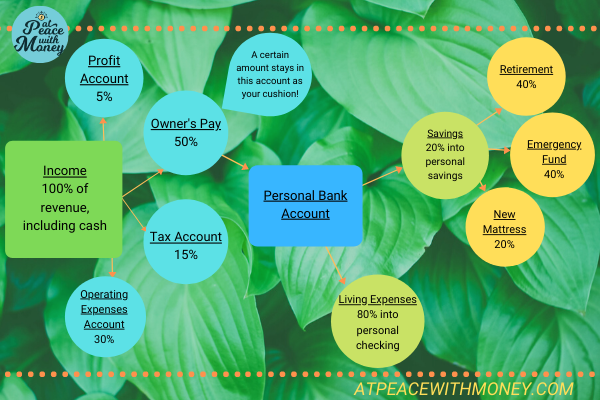
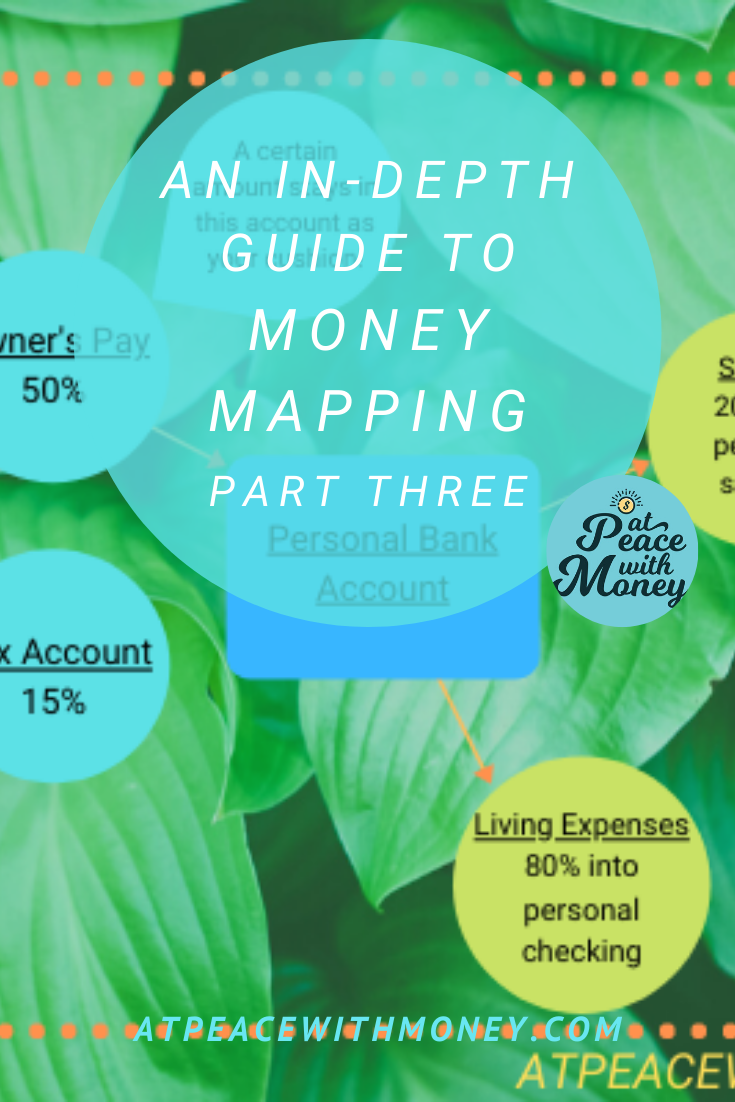
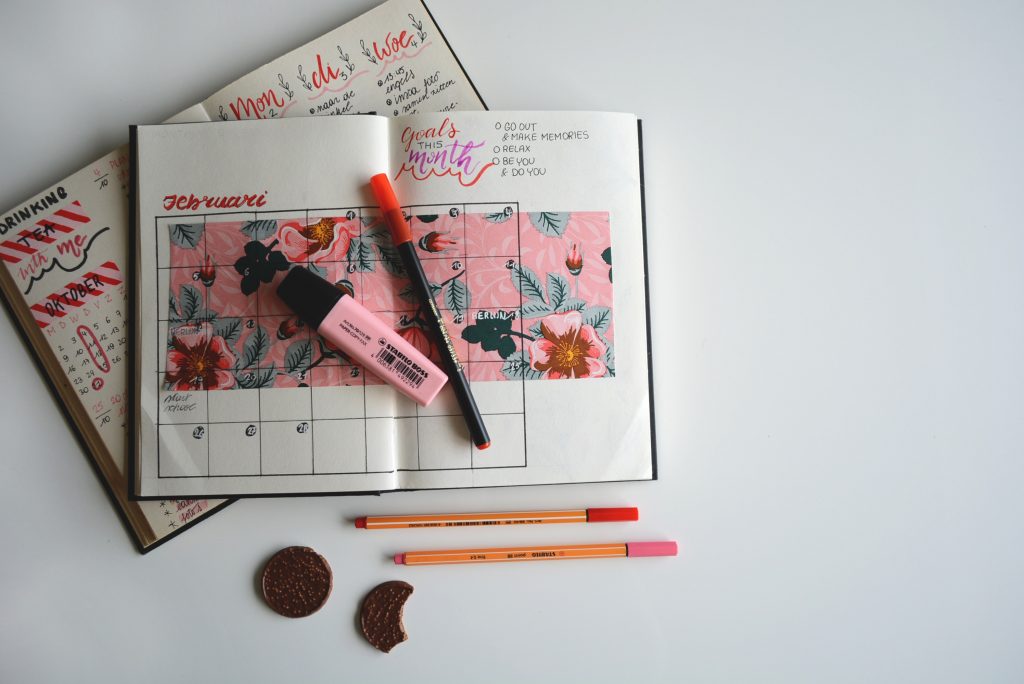
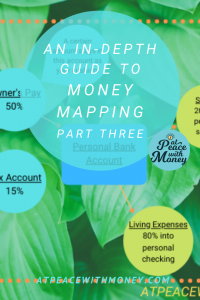 If you enjoyed this guide, I recommend also checking out
If you enjoyed this guide, I recommend also checking out 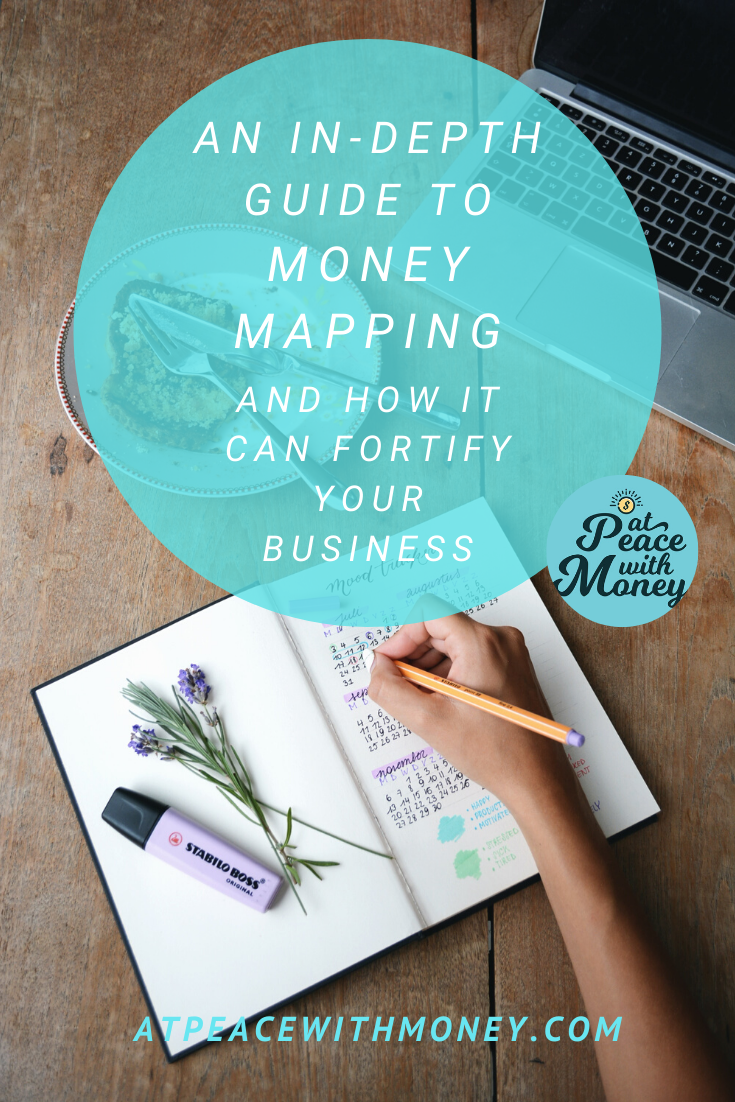
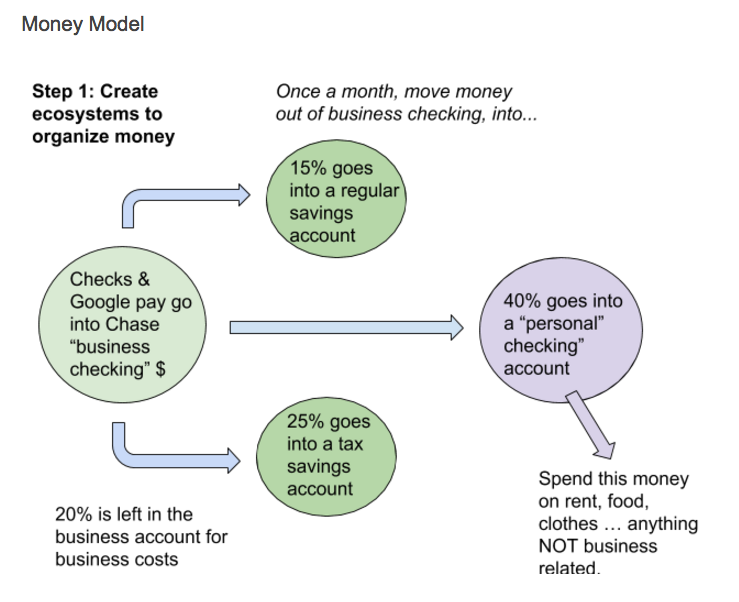
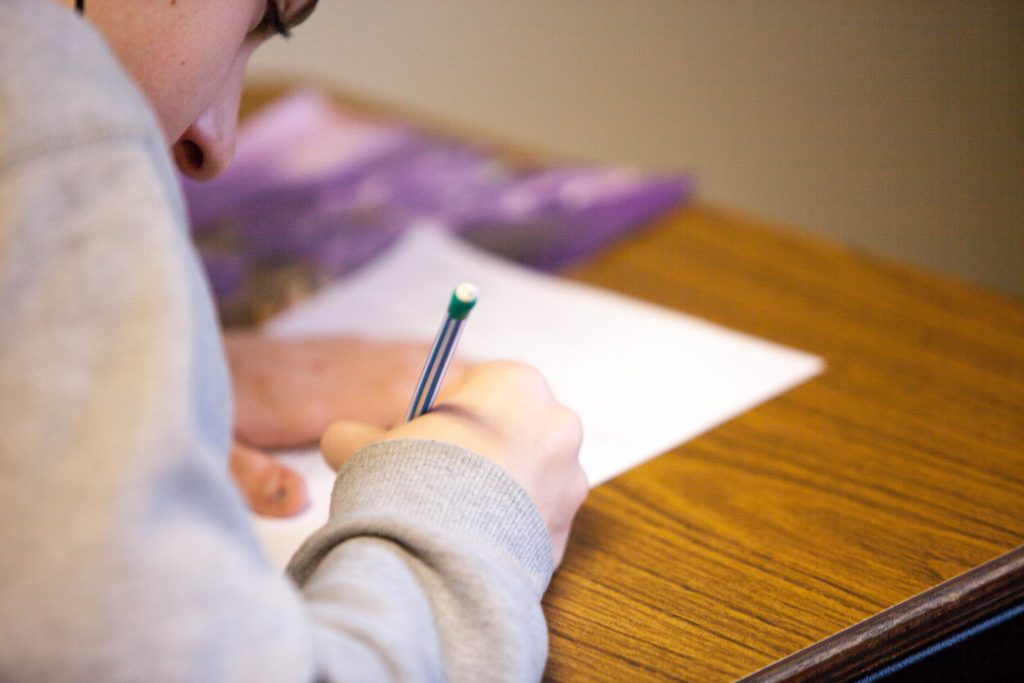
 Above all, the goal of money mapping is to know where your money is going every step of the way. From the moment you receive income, to the moment that money is saved for taxes, invested for retirement, or put away for a savings goal – you’ve got a plan. Consequently, this is an opportunity to define those final destinations. Creating a tax savings account and an operating expenses account come in handy here. You can also think about creating savings goals for yourself, and making a plan to contribute regularly to those.
Above all, the goal of money mapping is to know where your money is going every step of the way. From the moment you receive income, to the moment that money is saved for taxes, invested for retirement, or put away for a savings goal – you’ve got a plan. Consequently, this is an opportunity to define those final destinations. Creating a tax savings account and an operating expenses account come in handy here. You can also think about creating savings goals for yourself, and making a plan to contribute regularly to those.